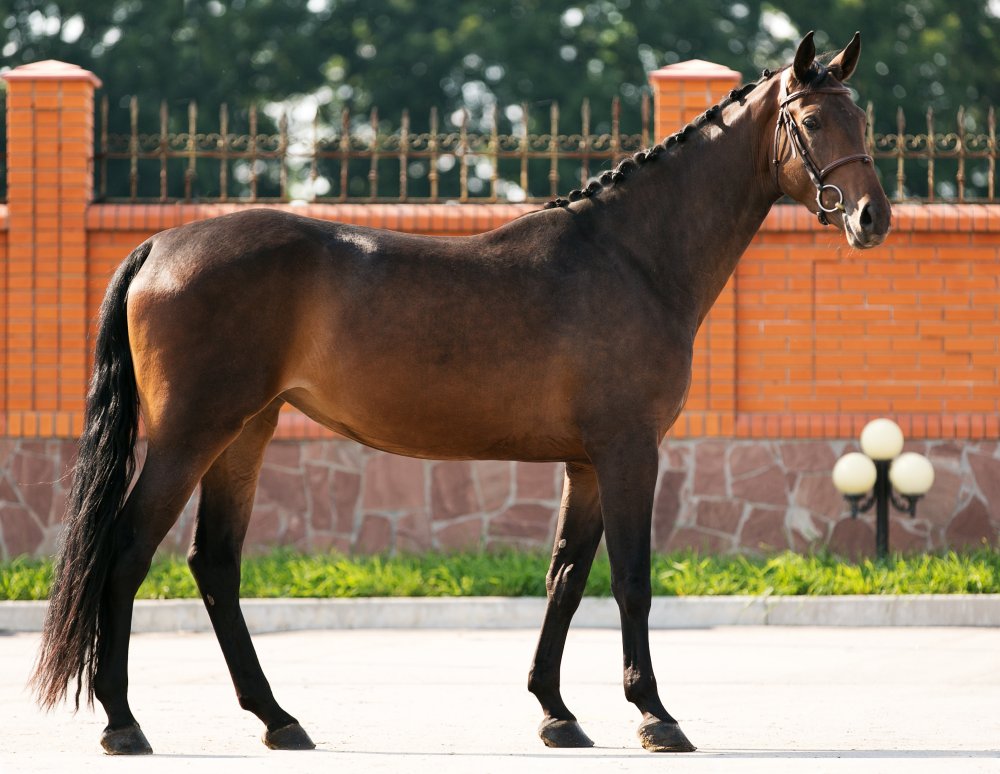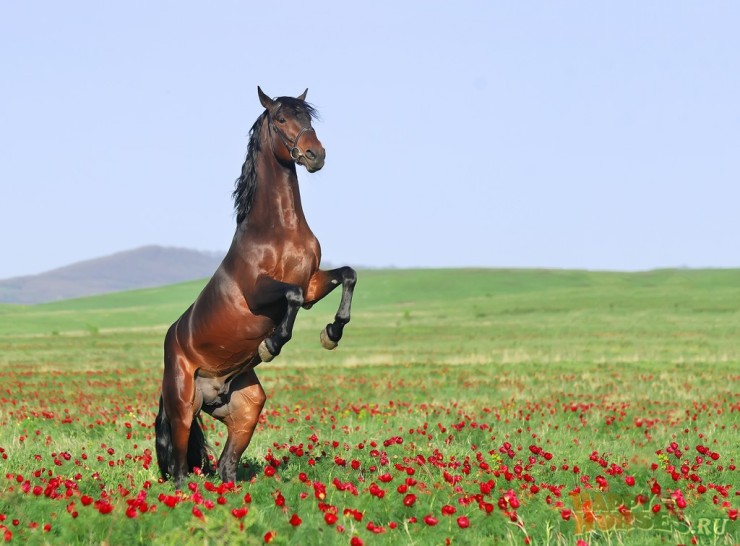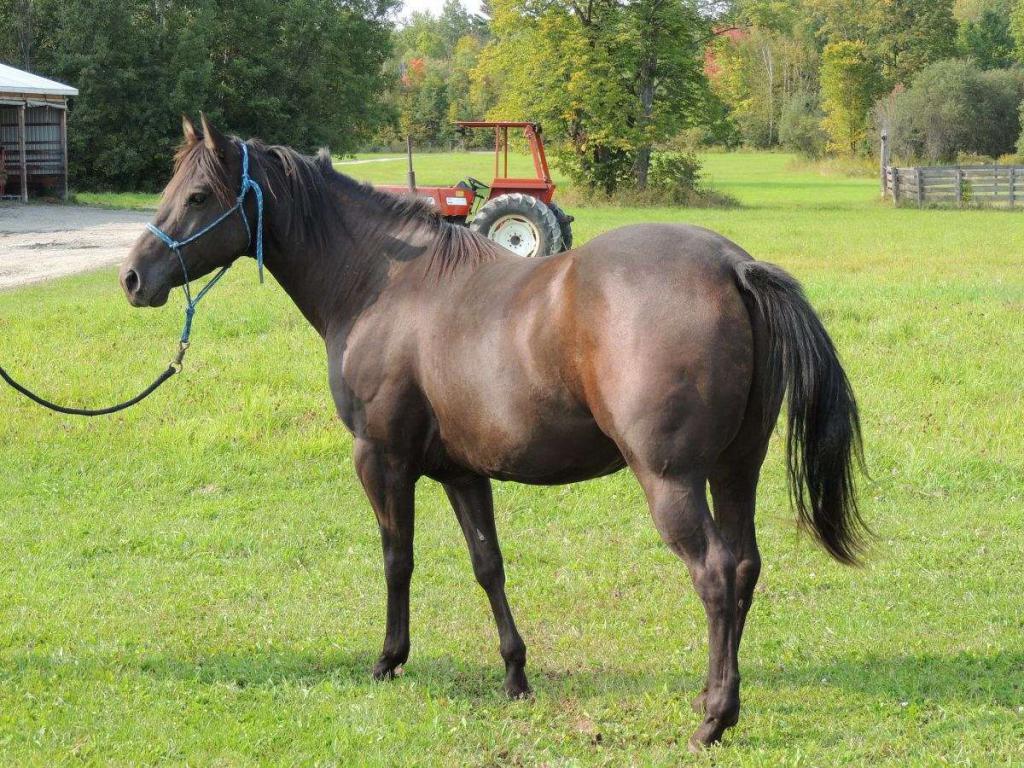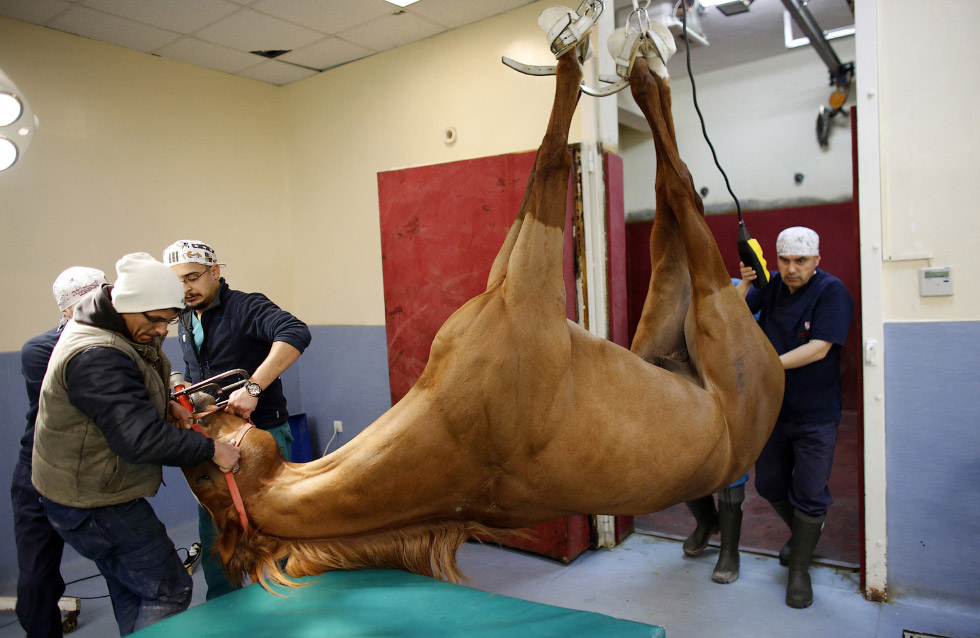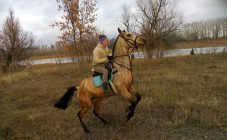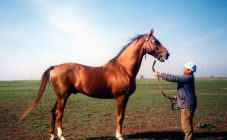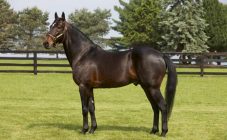Horse breeding in Russia has always been relevant. These noble animals are sometimes simply irreplaceable in the economy and in large-scale production. The results they show in sports are worthy of a separate discussion. But has anyone thought that one of the conditions for the successful use of horses is their timely castration? Experienced horse breeders know for what purposes it is better to use a gelding, and for which a primordial stallion.
Difference between gelding and stallion
First of all, it is worth figuring out who the gelding is. This is the name of a castrated stallion. The scanword version looks like this.
Before deciding to castrate a horse, you should weigh the pros and cons. Outwardly, it is difficult to distinguish a gelding and a stallion of the same breed. Both are male horses. The only difference is that the gelding can never give offspring. In addition, habits and characters differ significantly from each other.
The main purpose of the stallion is procreation. Typically, these horses are used to work on the breed or to improve the pedigree. The gelding horse, due to a number of circumstances, is doomed to castration from birth. This is either not a very thoroughbred, or a culled animal. After the procedure, they are used in agriculture. work, equestrian sporting events and in production where traction is required. A gelding horse is a more peaceful, calm, docile individual. In contrast, hormone-ridden stallions are often aggressive and dangerous.
If you plan to go in for a sport like show jumping, a castrate horse is better suited. It will show great maneuverability, because due to castration, he is unable to build up the anterior muscles. Also, horses' metabolism slows down after this procedure. So it is recommended to feed the gelding in smaller portions. At the same time, the amount of physical activity should be slightly increased so that the horse does not gain excess weight.
Why castration is needed
Novice horse breeders often wonder why some stallions are castrated. Everything is very simple. Basically, these horses have a low-quality gene pool. Recently, horse breeding experts have cited several more reasons for the procedure.
A neutered horse turns into a more docile, calm and hardy animal. For field work on farmland, this is a very valuable quality. In addition, the changed hormonal background affects the taste of horse meat. The gelding horse almost does not fight off the herd, tries to stay more with other horses.
With a stallion, everything is much more complicated. Due to the naughty hormones, he becomes almost unstoppable. Such a property is useful only in war or in equestrian sports, where the horse needs speed, ardor, aggression and character. Experts say that during mating games, an uncastrated horse is dangerous both for other males and for mares and in general for everyone who dares to approach. He can show particular rampage in a stall, when a female horse is being carried along. In this case, the horse will certainly want to dominate over the rest of the individuals. Such a rebel can only be pacified by castration. Only then will he be able to live peacefully with his flock.
When to castrate a stallion
Many horse breeders wonder at what age a horse can be castrated. To answer it correctly, you need to understand the nuances.
Immediately after birth, the testicles of the foal descend into the scrotum. You can castrate in the first hours after birth. But veterinarians recommend this procedure much later. The reasons are as follows:
- The owner must first assess the character of the baby, his chances of becoming a producer. Perhaps this particular horse, when it grows up, will be able to improve the gene pool of the herd.
- With a later castration, the stallion rather builds up muscles, gets stronger and acquires all the makings of a strong male, strength and temperament.
Merging is usually carried out during puberty of horses.
When all horses are kept together, a 1 year old young stallion can cover a mare. To prevent this from happening, he is castrated as soon as he is 12 months old.
At one and a half to two years, horses enter the active phase of puberty. Due to unstable hormonal levels, they can be aggressive towards everyone around them. But this is not always the case. It is up to each breeder to decide when is the optimal time to groom the stallion. One individual can break walls and demolish everything around, breaking free to the mare, while the other calmly wanders alongside the females, waiting in the wings. It all depends on the individual characteristics of each animal.
Preparing a horse for castration
In order to recover from surgery without consequences, it is better to seek the services of an experienced surgeon. He must know for sure that the prerequisites before the procedure are that the horse has all the necessary vaccinations and prophylactic worming. After all, the body will need a lot of strength and energy for rehabilitation. These resources should not be allowed to be taken away by parasites.
Vaccination must be carried out 4 weeks before merging. Among the main vaccinations are vaccines against encephalomyelitis, influenza, rhinopneumonitis and tetanus toxoid. In general, this list can be supplemented. It all depends on the area and climate in which the horse lives.
The veterinarian performing the castration should be aware of all diseases, vaccinations and the slightest ailments of his patient. A lot depends on the horse's health. By the time of the operation, the horse must be accustomed to the basic manipulations that will need to be performed during the procedure. Therefore, it is necessary to first study each individual. The doctor also needs to remember the condition of the animal before the operation.
For the operation, you need to prepare a flat surface in the open air. It should be well lit. You need to weigh the horse to know how much anesthetic will need to be injected. It is important to protect the stallion's head and eyes. To do this, they are wrapped in a soft cloth or blankets. To prevent the horse from harming the surgeon, it is better to tie the hooves tightly in a restraining manner.
Pros and cons of neutering horses
Summing up, we can highlight both the advantages of horse castration and the disadvantages of this procedure. The pluses include the following:
- The gelding is hardworking, not distracted from the task at hand, calm, unlike a stallion. Therefore, it is the castrated individual that is usually used as a workhorse. The docile nature of the gelding makes it the best option for teaching equestrian sports. This is especially appreciated among inexperienced riders.
- The external data of castrated stallions is much better. Due to good nutrition and sufficient physical activity, they look more presentable, which is very important when participating in exhibitions.
As for the cons, they are as follows:
- Merging destroys the chance of continuation and reproduction of valuable horse breeds.
- Often the leader horse from birth after castration turns into an indifferent gelding. This greatly hinders the achievement of great goals. In the same equestrian sport, never raise a real champion from a castrato. Although it will not be easy to curb a stallion that has not been subjected to medical intervention.
The question of whether to measure a horse or not should be approached with all responsibility. The main thing is not to harm the animal. The equine disposition is very unpredictable, so you need to be very careful.
